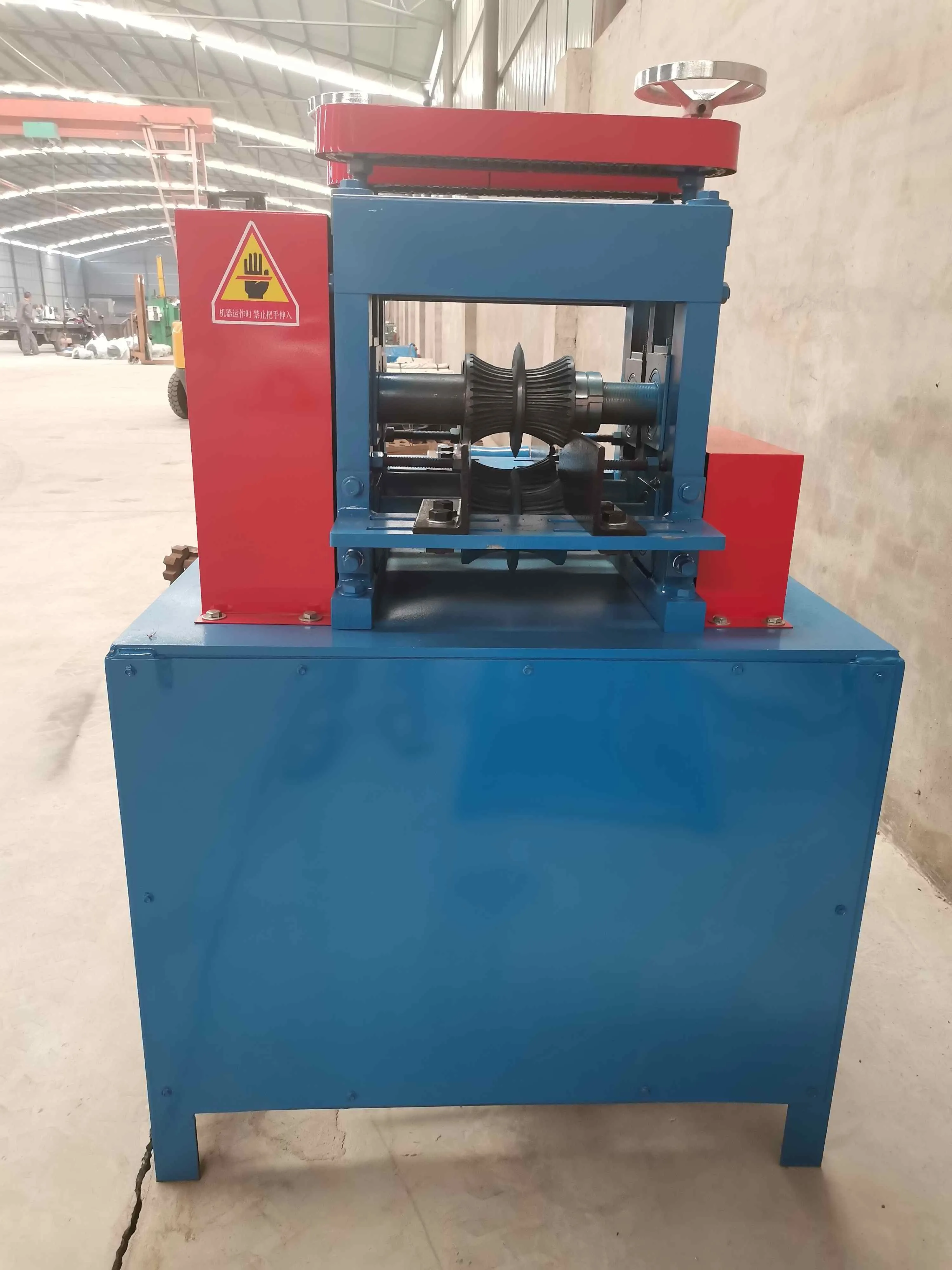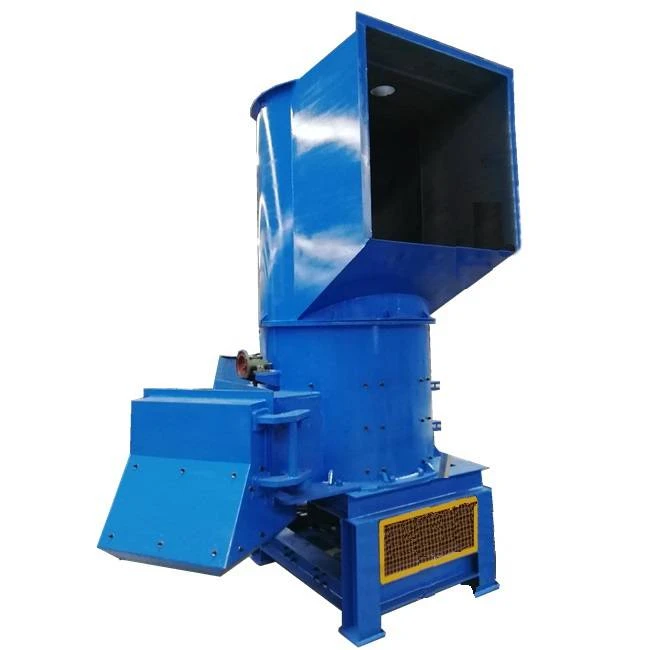
5 月 . 30, 2025 14:25 Back to list

(impact hammer crusher)
Impact hammer crushers utilize kinetic energy principles to fracture materials through sudden collisions. Centrifugal forces accelerate massive hammers to 35-55 m/sec velocity, generating 1-3 GPa of impact pressure on material beds. Rotational speeds between 500-1500 RPM optimize particle fracturing through:
Recent field studies demonstrate 32% greater liberation of cement-bound aggregates compared to compression crushers, making them indispensable for raw material preparation where binder separation is paramount.
Operational superiority stems from engineering innovations in hammer geometry, rotor dynamics and wear protection. Modern crushers feature:
The high reduction ratios (20:1) enable single-stage crushing for limestone and similar minerals. Energy efficiency metrics show 0.8-1.3 kWh/t consumption rates for material sizes reduced from 1,500mm feed to 25mm product. Dual hydraulic cylinders facilitate quick access to internal components during periodic maintenance.
| Manufacturer | Model Range | Maximum Throughput | Rotational Speed | Key Differentiator |
|---|---|---|---|---|
| KHD Humboldt | PFC Series | 2,500 t/h | 480-780 RPM | Monobloc rotor casting |
| FLSmidth | EV™ Series | 1,200 t/h | 600-900 RPM | Automated gap adjustment |
| Thyssenkrupp | TITAN® | 4,000 t/h | 450-650 RPM | Quad-segment hammers |
While European manufacturers lead in automation and reliability, Chinese producers like NHI and CITIC provide economical alternatives achieving 85-90% of core functionality at 60-70% lower capital expenditure. Proper maintenance proves critical – documented case studies show 40% lifespan differences between optimal and suboptimal upkeep.
Leading manufacturers provide custom-engineered solutions for challenging applications:
In iron ore processing plants, specialized impact hammer crusher
s achieve 98% availability rates even when processing abrasion index 0.8 materials. Computerized modeling determines optimal blow bar count and rotational speeds for each application – simulations showing 14% reduction in specific energy consumption compared to standardized designs.
In cement plants, impact hammer crushers function as primary crushers for limestone quarries and secondary crushers for clinker reduction. A Chinese cement producer documented a 22% increase in throughput after replacing compression crushers with double rotor impactors. The key benefits in cement applications include:
Material tests at a Texas cement facility showed impact crushing reduced limestone Bond Work Index by 2.1 kWh/t compared to jaw crushing, significantly lowering downstream grinding energy consumption.
Rotor balance precision directly correlates with crusher longevity. Field measurements indicate:
Proper component management requires scheduled replacements every 600-800 hours for hammer sets and 10,000 hours for rotors. Moisture content below 8% significantly prolongs component life – increased moisture levels can cause a 4x increase in hammer deterioration. Material flow regulation prevents metal-on-metal contact with crusher housing.
Impact hammer crushers continue evolving through IoT integration and material science innovations. Major manufacturers are implementing:
Global infrastructure development projects fuel steady market growth at 6.8% CAGR, with the largest expansion occurring in Southeast Asian cement plants constructing new facilities. The core impact hammer crusher technology remains indispensable for mineral processing circuits requiring high reduction ratios with controllable particle shape characteristics.

(impact hammer crusher)
A: An impact hammer crusher is designed to crush materials like limestone, coal, and minerals by applying high-speed impact forces. It is ideal for medium-hard and brittle materials, making it a key machine in mining and construction industries.
A: Hammer crushers in cement plants efficiently reduce large limestone chunks into smaller particles for raw material processing. Their durability and high throughput ensure consistent production, which is critical for cement manufacturing.
A: Prioritize manufacturers with proven expertise, certifications, and positive client testimonials. Evaluate their customization options, after-sales support, and compliance with industry standards like ISO to ensure quality and reliability.
A: Regular inspection of hammers, rotors, and liners for wear is crucial. Lubrication of bearings and timely replacement of damaged parts minimize downtime and extend the hammer crusher's lifespan.
A: Impact hammer crushers offer higher reduction ratios, lower energy consumption, and simpler structure compared to jaw or cone crushers. They excel in handling materials with high moisture content and varying hardness.
Latest news
Unveiling the Power of Eddy Current Separator
NewsSep.25,2024
Transform Your Home Recyclin:home metal shredder
NewsSep.25,2024
The Future of Waste Management with Recycling Line Picker
NewsSep.25,2024
The Benefits of a Metal Recycling Plant
NewsSep.25,2024
Revolutionize Material Separation with Onwang Technology
NewsSep.25,2024
Innovative Waste Management: Unveiling the MSW Sorting Plant
NewsSep.25,2024